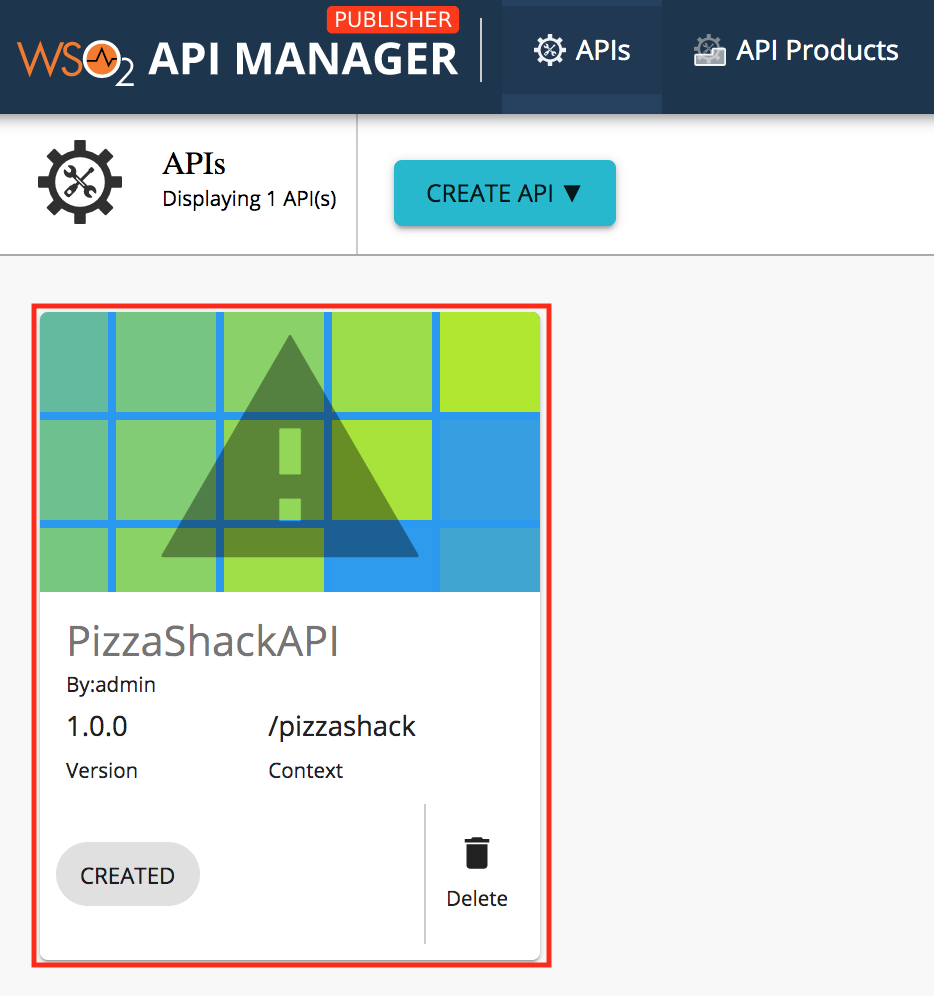Publish an API to a Cloud Cluster in PrivateJet Mode¶
In an age where more and more applications are adopting the microservice architecture, it is obvious that container-orchestration systems such as Kubernetes have gained popularity due to the attractive functionalities they offer to simplify a number of complex management tasks. Automating computer application deployment, scaling, and management are a few of such functionalities to name. WSO2 API Manager provides cloud-native API management, where a user is able to expose microservices as managed APIs in cloud environment such as Kubernetes. This could be done with the support of WSO2-Kubernetes API Operator.
Microservices will be exposed as managed APIs in cloud clusters in the PrivetJet mode. Here, each microservice wll have a dedicated WSO2 API Microgateway. This will provide maximum security and guaranteed resource allocation for API execution. As depicted in the above diagram, When the APIs published via API-Manager in cloud environments, deployment, scaling, and management tasks will handle by the WSO2 -Kubernetes API Operator itself.
Before you Begin
- Follow the document Enabling PrivateJet Mode for Microgateways to enable deploying APIs to cloud clusters in PrivateJet mode.
- Follow the document Securing APIs deployed in cloud clusters to secure the API using any other authentication mechanisms other than JWT authentication.
Publish an API to a Cloud Cluster in PrivateJet Mode¶
-
Start the API-M server.
-
Sign in to the API Publisher
https://<hostname>:9443/publisher(e.g.,https://localhost:9443/publisher). Upon signing in, the list of APIs in the API Publisher is listed. Please refer create an API guide to create a new API. -
Click on an API that is in the CREATED state.
-
Click the Environments tab and select the cluster(s) to deploy the API.

-
Click the Lifecycle tab and publish the API. This will expose microservices as managed APIs in selected clusters.

Now, you have successfully published your API to a cloud cluster. Next, you can test your API by invoking it from the developer portal.
Top
